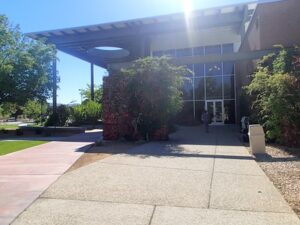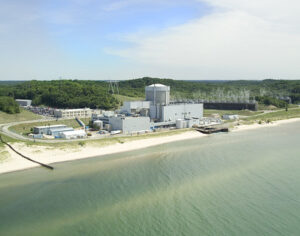What accounts for the poverty rates among adults with some college or an associate degree in eastern Washtenaw County, and in our cities? There’s no one answer, but clearly, the power of some college credits, or even associate degrees, may not be enough to overcome Washtenaw County’s 20% cost of living premium.
Associate degrees might be no match for the cumulative effects of the Ann Arbor Greenbelt on housing prices and housing availability around the county. It might not be able to overcome high interest rates, and wage increases that don’t keep pace with inflation.
Washtenaw Community College needs to shift its focus to creating programs that prepare students for careers in high-wage, high demand fields. Why? Because that’s what Washtenaw County needs, right now and going forward.
What comes out of this strategy? First, it is an opportunity to increase the size of the full-time faculty. New programs will require new teachers with specialized knowledge and experience. Expanding the full-time faculty is important because they attract new students. Nothing screams success louder than a community-wide investment in education.
Local students will be attracted to new programs that offer a living wage, career growth opportunities, and the ability to live and work in Washtenaw County. When students don’t see an economic opportunity as an end result of their investment of time, money, and effort in a degree program, they stop attending classes. When their reward for completing a degree program is a salary increase of a few thousand dollars per year over a high school diploma, they don’t see the need to enroll. On the other hand, when a community college provides real economic opportunity, real wage growth, and real career advancement opportunities, the classrooms will be full.
Associate degrees can spur economic development
When employers see the local community college developing a workforce that’s capable of growing their businesses, they make investments in new facilities here. They bring new industries to the places that can provide a well-educated, highly skilled workforce. They bring jobs. If anyone thinks that the community college should adopt a “wait-and-see” attitude regarding the creation of new programs, they should understand that employers do not adopt a “wait-and-see” attitude toward workforce development. Employers will not commit their business to an area and then wait patiently while the community trains a workforce for them.
If Onondaga Community College in Syracuse, NY, and the community colleges in Northeast Ohio had slept on developing a semiconductor workforce, they’d have missed out on multi-billion dollar investments by Micron and Intel.
There’s no reason Washtenaw Community College can’t be an integral part of the development of new industries or attract large capital investments here. In fact, that’s exactly what Washtenaw County needs if we are going to reduce poverty and improve our ability to attract and retain a prime-age workforce. But to get there, we need to invest in specific academic programs that will raise household income in areas of the county where household poverty is the most severe.
Photo Credit: Scottish Government, via Flickr















